2022 Clean50 Nominee Spotlights: Canada’s Research and Development Superstars!
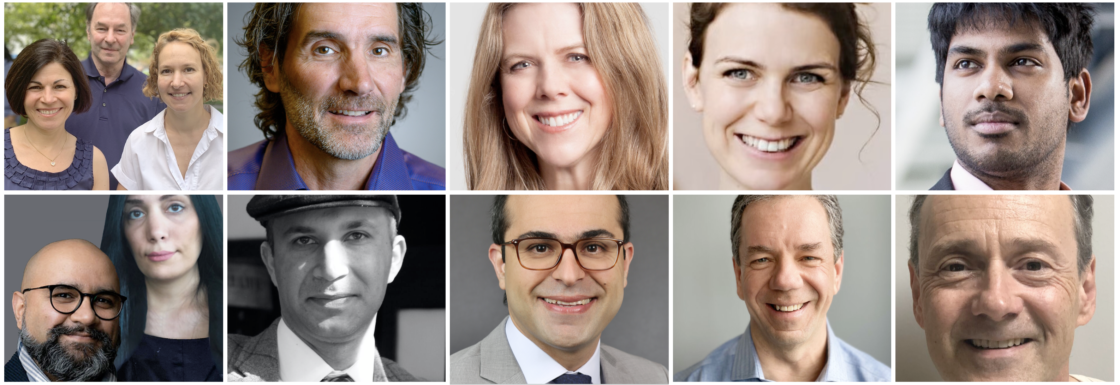
If there is a way forward out of this climate crisis, it has become overwhelmingly clear that way will not be to convince companies or governments world-wide to take enough action to make a meaningful difference in time to prevent the inevitable catastrophe.
The only hope we have is a combination of meaningful global reductions and scientists creating sufficient and scalable solutions that will absorb GHGs faster than we are dumping them – and hence the R&D Category in the Clean50 Awards. Featured below are amongst the best submissions for this year’s awards, and we have been blown away by the quality – and breadth – of the opportunities these emerging organizations will soon deliver.
The Research and Development category includes products/developments not yet for sale that can enable a more sustainable future. “Not yet for sale” includes organizations who have sold trials or test production runs, but are not yet generally available or available at scale.
The Clean50 is honoured that so many talented Canadian leaders shared their solutions with us, and below, in alphabetical order by surname, we are sharing them with you.
Solenne Brouard Gaillot, Marianne Lépinoit, & Prof. Roland Côté
Polystyvert Inc. – Montreal, Quebec
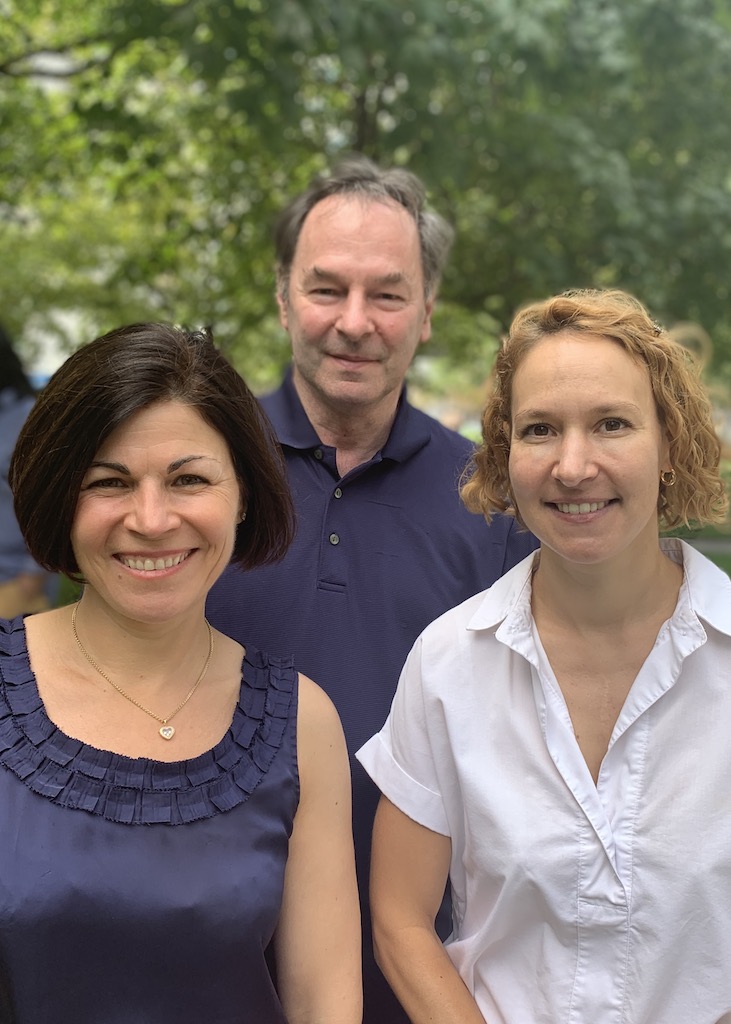
There are 26 million tons of polystyrene produced every year – most of it ending up in landfills or the ocean. Polystyvert has developed the shortest loop for a circular economy to recycle polystyrene, reducing GHG emissions by 80%.
This women-led Canadian company from Montreal – a veritable world leading hotbed in plastics recycling with this now the 4th ground breaking plastics recycler from the city recognized by the Clean50 Awards – has generated an impressive portfolio of patents for a recycling process by dissolution, and a purification system that treats styrenic polymers. The process can strip solid and chemical contaminants from the polystyrene resulting in a crystal clear, virgin-like polystyrene resin used for all polystyrene applications. The yield is over 95%. Making plastics circular – and significantly displacing the need for more fossil fuels.
Geoff Clark

Acceleware Ltd. – Calgary Alberta
Global initiatives are driving the need to massively reduce emissions associated with heavy oil and oil sands. Through Geoff’s Clean Tech Inverter (CTI), Acceleware’s RF XL could become an electrification workhorse for the clean energy transition. The technology uses electromagnetic energy to generate heat inside a heavy oil or oil sand reservoir and acts somewhat like an inside out microwave oven. It converts the water already existing in a reservoir to steam, heating the bitumen and allowing it to flow to the producing well. When applied in conjunction with a renewable energy source, RF XL could deliver near zero-GHG Scope 1 and 2 emissions heavy oil production and eliminate the requirement for fresh water, as well as lowering capital and operating costs by at least 40%. If it works as expected, this solution could take Canada’s oil production from being amongst the most carbon-intensive in the world to becoming amongst the cleanest.
Geoff’s leadership has resulted in continued successes in R&D work. Additionally, the company has secured $15.5 M in government funding grants and $6M in project investment from three major oil sands operators toward Acceleware’s commercial-scale pilot of RF XL in Marwayne, Alberta. Things are heating up!
Amanda Hall
Summit Nanotech Corporation – Calgary Alberta
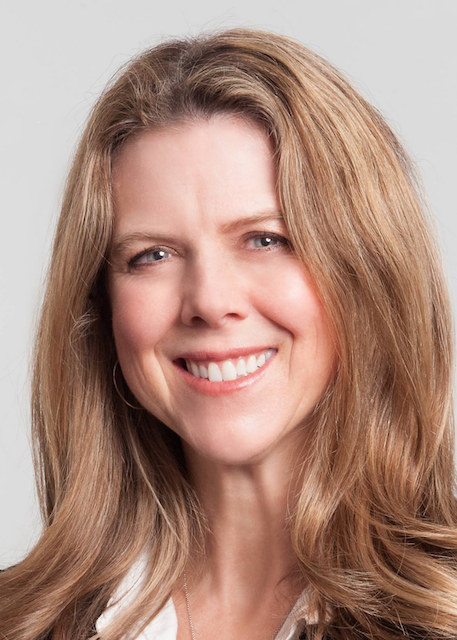
Amanda is a Geophysicist who left the oil & gas sector to disrupt the lithium mining industry. She’s leading a team of rockstar resource extraction experts who pushed past the impossible to invent two revolutionary lithium extraction processes that are proven to double the yield of lithium, conserve and repeatedly re-use 100% of the freshwater typically used in the process, and reduce chemical waste by 90%.
Amanda’s insistence on thinking outside-the-box to focus the team on sustainable, low-cost operations created a culture of creativity and innovation that inspired two remarkably efficient and effective solutions. Amanda committed herself and her team to educating vital players and government bodies involved in the lithium mining industry on the need to set new standards for extraction that align with the global need to drive down lithium prices to both expedite EV adoption and the construction of renewable energy storage systems. The extraction processes that the company invented has the potential to unlock the extraction of purer lithium from Canadian geothermal and oil field brines economically. A slightly different process is effective in different solutions, typically found elsewhere in the world, and between the two processes, can provide a significant double-impact by making geothermal energy extraction more financially viable world-wide.
Evelyn Allen

Evercloak Inc. – Kitchner, Ontario
Around the world, air conditioners are generating a universal hum. And that noise is only getting louder as climate change dials up the global thermostat, triggering a growing number of deadly heatwaves. Ironically, the more fossil fuel we burn to run our air conditioners and stay cool, the more planet-warming emissions get released into the atmosphere, a vicious circle destined to make the problem worse – and far worse as developing nations demand relief from the extreme heat the developed world produced. The increasing demand for AC in China and India alone will measurably impact emissions from both countries. Making this critical: Evercloack conservatively forecasts that their technology could reduce GHG emissions by over 0.5 Gigatons/year.
Evelyn’s solution is set to solve the problem of energy intensive air conditioners and disrupt the building cooling industry. The advanced material company is commercializing graphene-based membranes, which can efficiently remove humidity from the air, resulting in a potential energy reduction of over 50%, while at the same time reducing refrigerant, another GHG emitter. Evercloak is now scaling up with strategic partners in place.
Apoorv Sinha
Carbon Upcycling Technologies Inc. – Calgary, Alberta

Carbon X-Prize finalist Carbon Upcycling Technologies (CUT) has developed a patented, novel technology to mineralize CO2 emissions into enhanced nanomaterials. This allows CUT to upcycle various feedstocks, including fly ash, steel slag, crushed glass, graphite, and other natural minerals. Their upcycled nanomaterials outperform the raw material feedstocks by between 20% – 40% across different key evaluation metrics. Furthermore, when used as supplementary cementitious material in concrete mixes, CUT’s enhanced fly ash improves the strength of concrete by 30-40%, which allows for an even more significant reduction of CO2-intensive cement in mixes. The Carbon Conversion Tech Center has deployed over 700 tonnes of carbon-embedded construction materials into the Alberta marketplace.
CUT continues to grow as they have raised over USD 10 MM in capital and engaged with three of the ten largest global concrete companies through MOUs to establish a roadmap towards being the most impactful CarbonTech company of the decade (between 2020 and 2030).
Apporv was a Clean50 Emerging Leader in 2017 – looks like we know how to pick ’em!
Saber Miresmailli & Maryam Antikchi
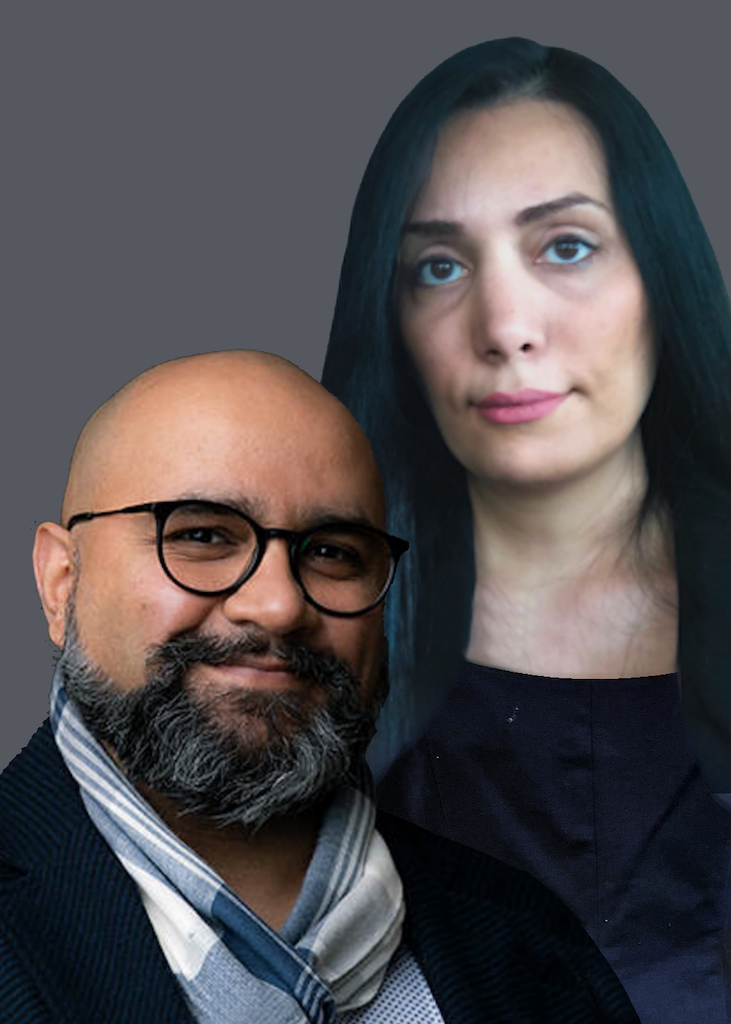
Ecoation – North Vancouver, British Columbia
Believing that access to clean food is a human right, Saber and Maryam’s team developed a technology to help greenhouse growers recognize issues in their crops early and fix them without chemical pesticides. More than 3.3 trillion square feet of greenhouses (for scale – that’s ~half the size of Saskatchewan – and ~25 times the seeded acreage of the province) have been monitored with ecoation OKO, and more than 168 million crop health issues have been digitized and fixed without pesticides. The technology also monitors to inform growers when produce is ripe, indicating the best times to pick, decreasing food waste and energy loss – or when to abort produce and lead to less waste and better yields. Each OKO unit can save 1.12 KT CO2e per year, which equals removing 242 passenger cars from the road for a year per unit. To date, Ecoation has generated 16 patents, 34 trademarks, numerous trade secrets, and 60 clean jobs in BC and ON.
Dr. Hanif Montazeri
Enersion Inc.– Toronto, Ontario

Hanif has built a team of passionate engineers and innovators; and has raised capital to develop and commercialize a zero-emission solar tri-generation system that produces electricity, heating and cooling. Enersion’s tri-generation is believed to be 50% more cost-effective than the standard solar systems, thanks to its 4X improvement on harvesting and conversion of solar energy. As a result, Hanif is building one of Canada’s top green technology companies.
In addition, he promotes green technologies and innovations through his lectures at the University of Toronto, where he trains around 200 young engineering students every year.
Ramtin Rasoulinezhad, Ph.D.
AVL MANUFACTURING INC. – Hamilton, Ontario

The only practical way to reduce the consumption of fossil fuels in remote areas and industries where the power demand is very transient is by hybridizing the diesel/natural gas generators with renewable energies and/or energy storage systems such as batteries.
Ramtin is a part of the team at AVL Manufacturing Inc. helping to develop hybrid power for oil and gas pumps resulting in a 50% fuel savings by downsizing the generators 25%. This industry first solution improved the overall power quality by 15+%, and also helped to reduce the levelized cost of energy (LCOE). Additionally, Ramtin and his team developed a novel hybrid system for net-zero energy buildings, expanding the penetration of renewable and clean energies in commercial and residential buildings.
Ramtin and his team are currently developing a novel soft-switching power conversion system tailored designed to be used in renewable energies to increase their conversion efficiency above 92% for the entire load range and 98% at the rated power in an affordable manner. As well, the AVL team has been working to manufacture smart rotary parking towers that also provide continuous charging power for electric vehicles when parked. This development is a North American first for vertical EV parking towers
Chris Reid
Ekona Power Inc. – Burnaby, British Columbia
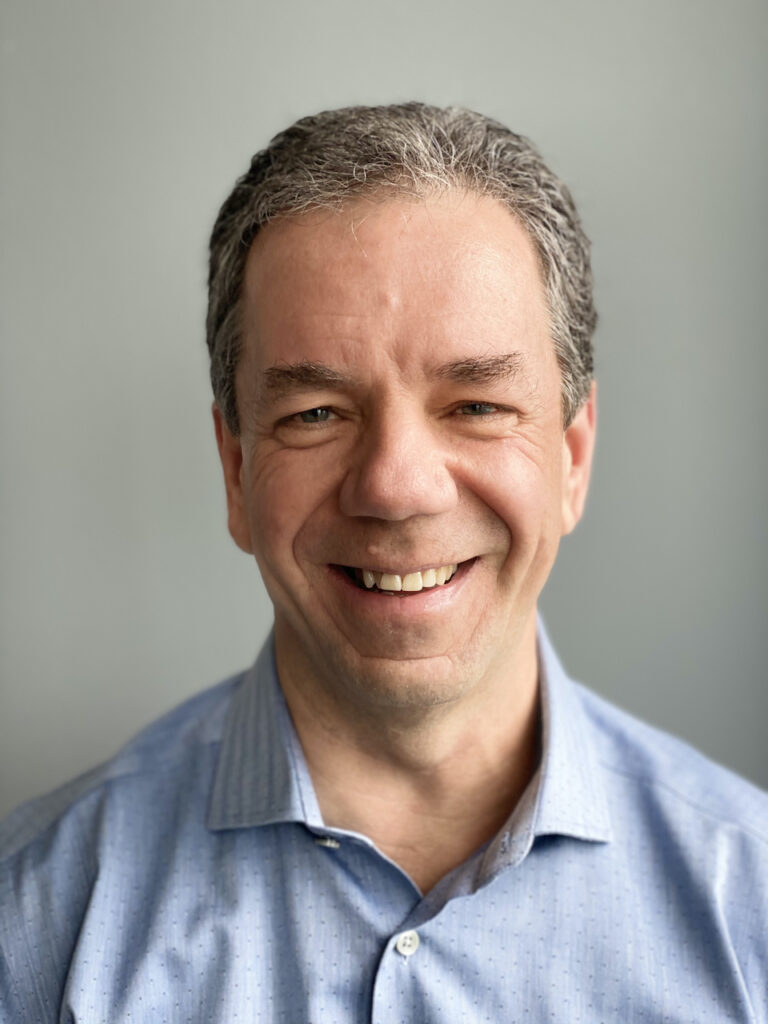
Chris, a cleantech entrepreneur, founded Cellex Power, which pioneered fuel cells and hydrogen technology in the earliest adopting market – material handling. Today, the material handling market (think forklifts) is the largest single user of hydrogen powered fuel cells in the world.
Chris continues to help lead the Canadian clean energy sector meet Canada’s 2050 net-zero carbon goal by founding three new companies to economically achieve a rapid energy transition to low carbon intensity. These companies collectively are commercializing the lowest cost clean hydrogen production technology, liquid hydrogen pump technology for low-cost fuelling stations, and developing new high impact climate ventures. For example, Ekona’s PMP solution produces clean H2 at costs comparable with incumbent SMRs while reducing more than 90% GHG emissions. Ekona’s next pilot will make a 1-tonne clean H2 pilot plant with strategic energy partners to transition high carbon chemical fuels to low carbon hydrogen. This pilot will be followed by commercial plants ranging from 10 to 500 tonnes of clean H2 per day.
Thomas Steiner
Etalim – Burnaby, British Columbia
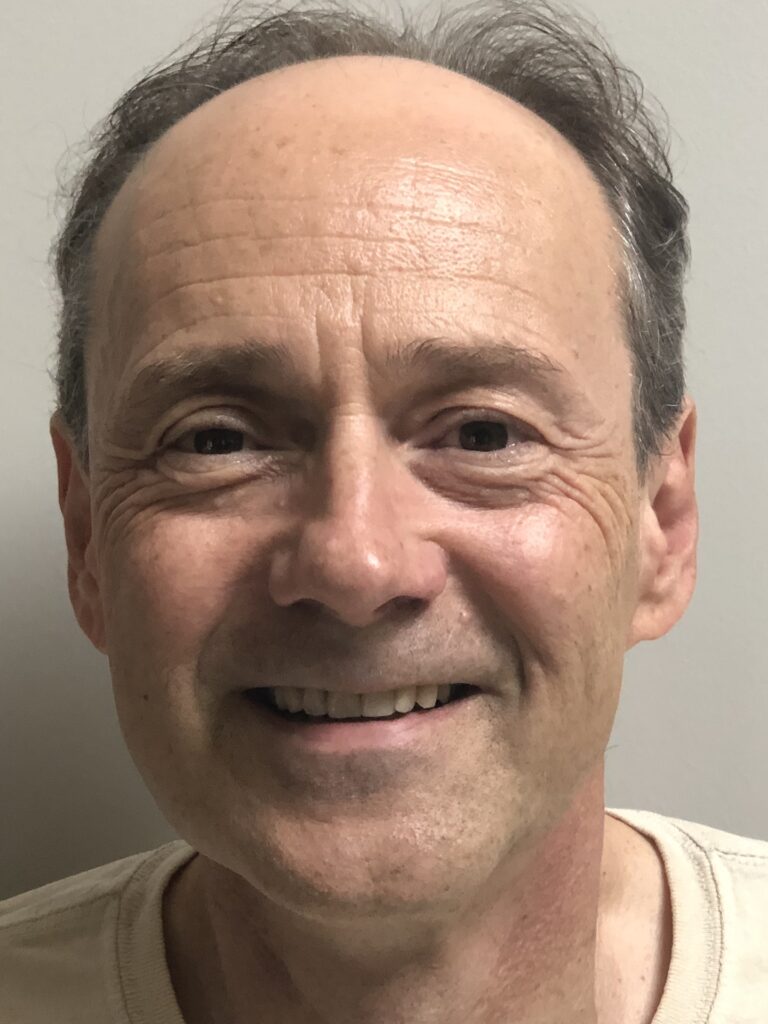
Thomas has developed a unique genset that can run by combusting natural gas today and hydrogen tomorrow. This thermoacoustic (TAC) genset exceeds the performance of small internal combustion gensets on almost all metrics. The TAC has no sliding or rotating parts and is characterized by simplicity, low cost, extreme reliability, and minimal maintenance requirements while delivering excellent efficiency. It is particularly suitable for remote power applications at natural gas wellheads to displace methane venting by pneumatic controls. In this application, each installed 1 kW TAC can reduce CO2e emissions by 585 tonnes per year. An additional application is a heating appliance to deliver heat and electricity in combined heat and power mode (CHP). TAC CHP enables the natural gas distribution system to transition to an efficient, carbon zero energy storage system by incrementally increasing the hydrogen fraction in the fuel.














